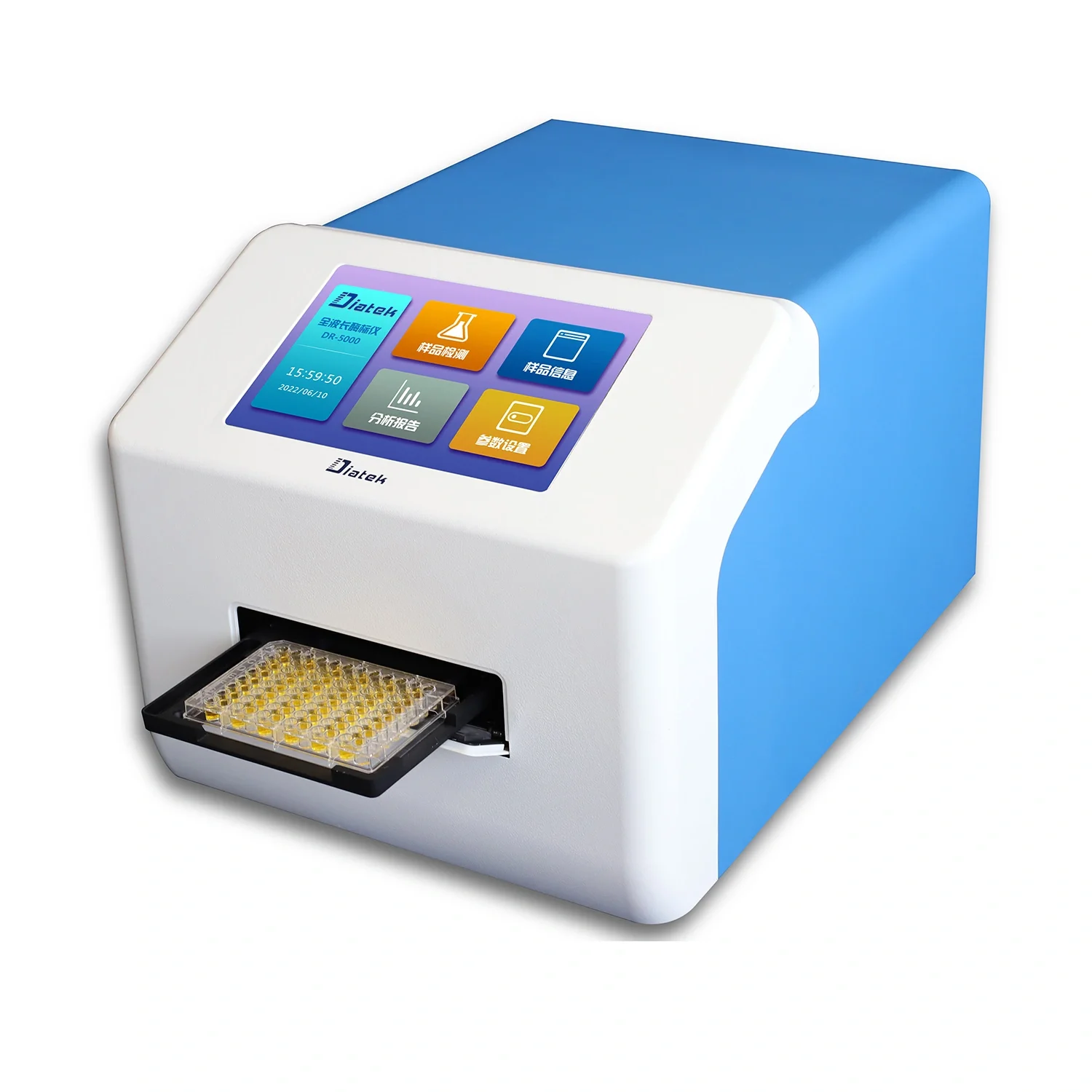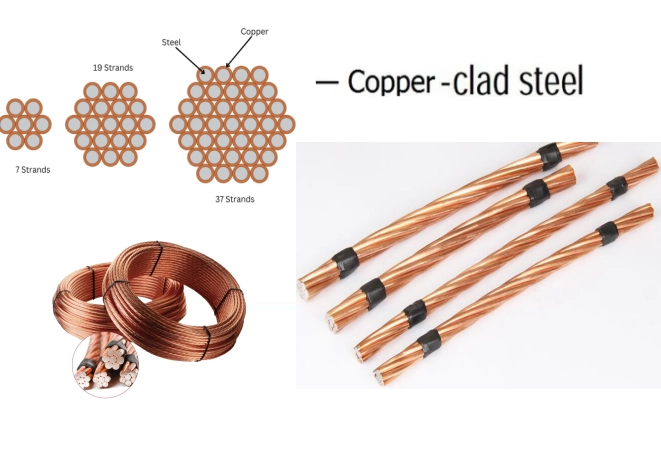In the world of modern laboratories, accuracy, speed, and versatility are essential for reliable research and diagnostics. One of the instruments that plays a critical role in this process is the Full Wavelength Microplate Reader. Whether in academic research, pharmaceutical development, or even food safety testing, this device has become a cornerstone of analytical work.

What Is a Full Wavelength Microplate Reader?
A full wavelength microplate reader is a laboratory instrument designed to detect and quantify biological, chemical, or physical reactions within microplates (also known as microwell plates). Unlike traditional single-wavelength readers, full wavelength models allow measurements across a wide range of wavelengths, providing greater flexibility and more accurate results for diverse assays.
By scanning across the entire light spectrum, scientists and technicians can conduct absorbance, fluorescence, and luminescence assays with higher precision. This makes the instrument especially valuable for complex or multi-step experiments that require a broader range of detection.
Key Features of a Full Wavelength Microplate Reader
-
Wide Wavelength Range – Capable of scanning from UV to visible light, enabling flexible assay design.
-
High Sensitivity & Accuracy – Detects even low-concentration samples with precision.
-
Multiple Measurement Modes – Absorbance, fluorescence intensity, luminescence, and sometimes kinetic assays.
-
User-Friendly Interface – Modern models often feature intuitive software integration for streamlined data analysis.
-
High Throughput – Ability to process multiple wells simultaneously, improving efficiency in large-scale research.
Functions of a Full Wavelength Microplate Reader
-
Quantitative Analysis: Measuring DNA, RNA, protein concentrations, or enzyme activity.
-
Kinetic Studies: Tracking reaction progress over time.
-
Drug Screening: Evaluating compound efficacy and toxicity in pharmaceutical R&D.
-
Quality Control: Ensuring consistency in food safety laboratories and manufacturing.
Lab Applications of Full Wavelength Microplate Readers
The versatility of this device makes it indispensable across multiple industries:
-
Scientific Research Laboratories: Used in cell biology, molecular biology, and biochemical assays.
-
Pharmaceutical Development: Essential in drug discovery, clinical trials, and high-throughput screening.
-
Medical and Clinical Diagnostics: Detects biomarkers, antibodies, and other diagnostic indicators.
-
Food and Beverage Industry: Monitors contaminants, pathogens, or nutrient levels to ensure quality and safety.
Why Choose a Trusted Supplier?
Selecting the right microplate reader is crucial for ensuring reliable results and long-term performance. Companies like Diatek, a global professional supplier of IVD equipment and related software, provide advanced solutions tailored to laboratories, research institutions, pharmaceutical R&D, and even food factories. With strong expertise in the development, manufacturing, sales, and service of IVD instruments, Diatek delivers equipment designed to meet the diverse needs of modern laboratories worldwide.
Conclusion
The Full Wavelength Microplate Reader is more than just a piece of laboratory equipment—it is a vital tool that enables researchers, clinicians, and quality control experts to perform precise, high-throughput assays with confidence. By combining advanced detection capabilities with user-friendly design, it has become an essential instrument in laboratories across multiple industries.
If your laboratory or production facility is looking for a reliable, high-performance microplate reader, partnering with an experienced supplier like Diatek ensures both quality and long-term support.
www.hiwelldiatek.com
Wuxi Huawei Diatek Instrument Co., Ltd.

More Stories
Copper Clad Steel Strand Wire for Solar Farm: Grounding Solution Balances Strength, Conductivity, and Cost
Kaisen: Leading Cyclone Separator Manufacturer Offers High Efficiency at Affordable Prices
Applications of Ozone in Water Treatment: Understanding Processes, Mechanisms, and Advantages